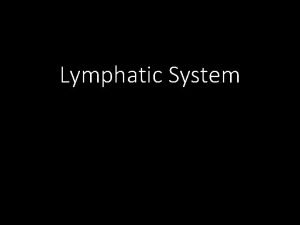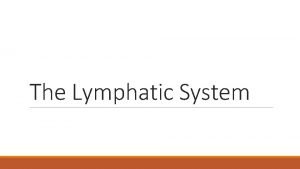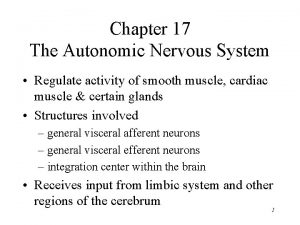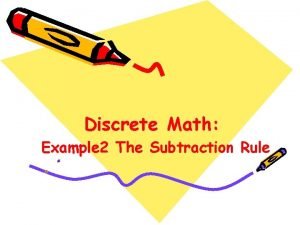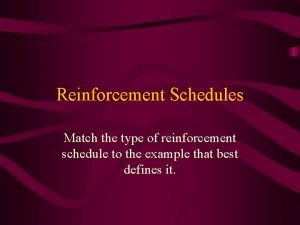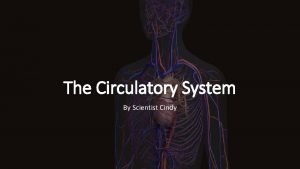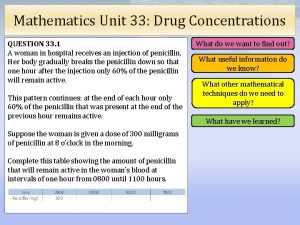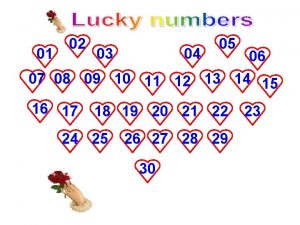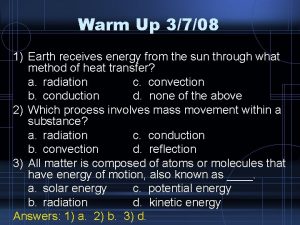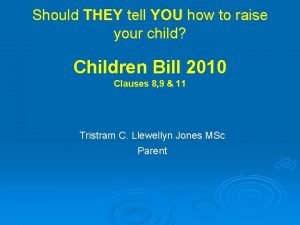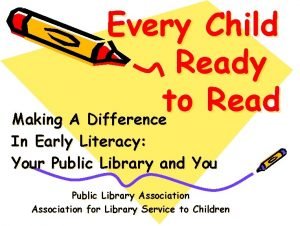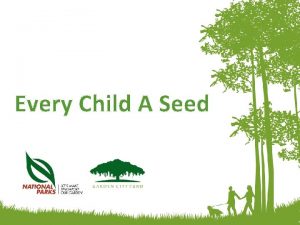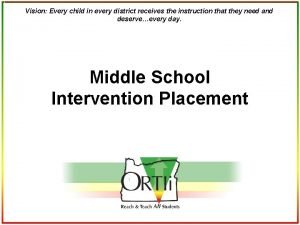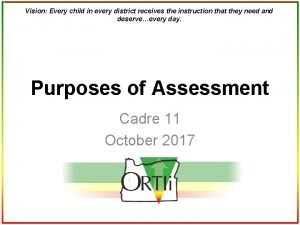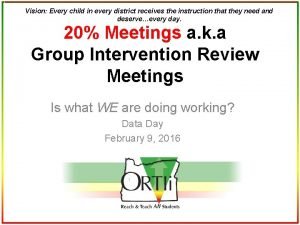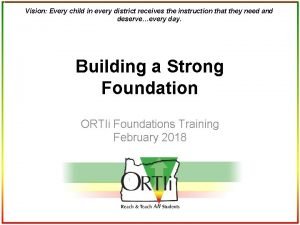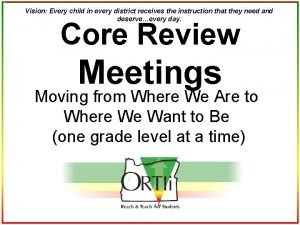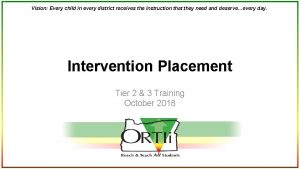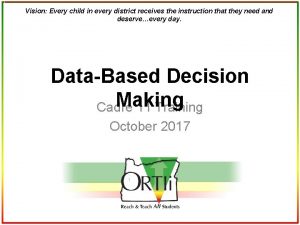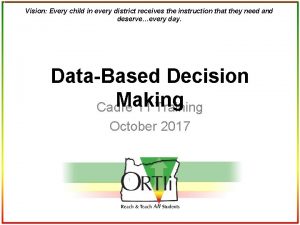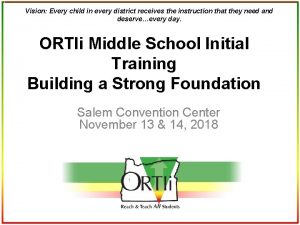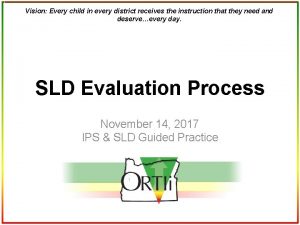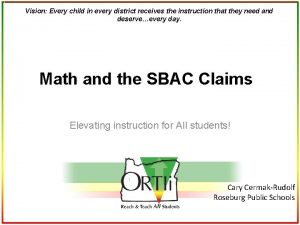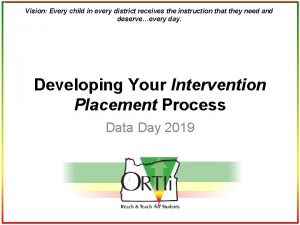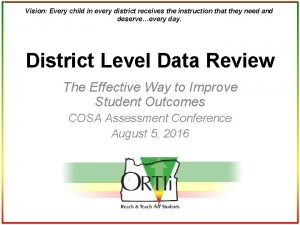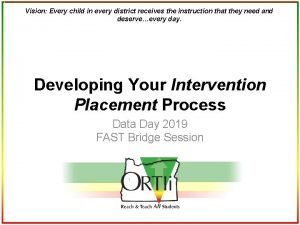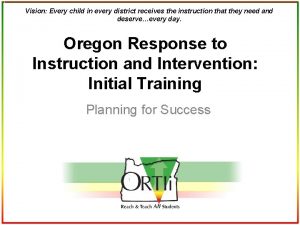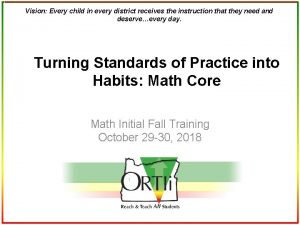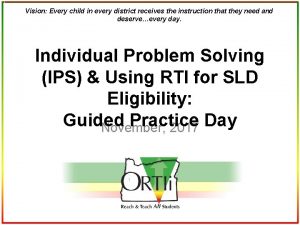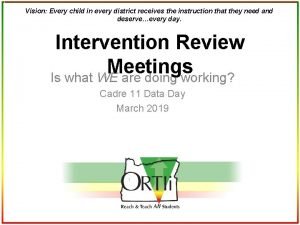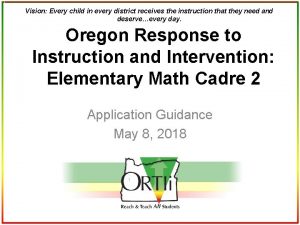Vision Every child in every district receives the


















































- Slides: 50

Vision: Every child in every district receives the instruction that they need and deserve…every day. Catch Up Growth: Intensifying Small Group Instruction (The Explicit Phonics Lesson K-2)

Decision Making Process for Small Group • What is the skill need? • How much time should you spend teaching the skill need versus grade level skill/strategy? • What materials should you use? • What is the best approach to teach these needs?

What you will learn… • How to “catch students up” by teaching an Explicit Phonics Lesson during small group

General Types of Small Group Instruction Guided Reading Skill Focused Instruction • Teacher supports student’s development of effective strategies for processing and make meaning of text • Monitor student reading • Helps to ensure mastery of lettersound knowledge, phonemic decoding strategies, critical vocabulary, or reading comprehension strategies

Types of Skill Focused Small Group Instruction 1. Reduce Deficit Skill/s • Catch students up! • Provide focused instruction & practice on skills that are missing – May not be within the scope of that grade level’s instruction Ex. Third grade students needs basic phonics (continuous blending with CVC words) 2. Increase Grade Level Skill/Strategy use • Practice the skill/strategy that was taught during the whole group during small group Ex. Summarizing is taught in whole group. . review summarizing with accessible text during small group

Practice grade level skills Reteach & practice grade level or slightly lower skills Catch students up vocabulary/comprehension (leveled readers) Some PA, phonics review, fluency practice Core small group program materials with additional skill focus practice, enhancements, explicit phonics lesson Explicit phonics lesson, enhancements, supplemental, replacement core

Gallery Walk of Materials Core Materials • Anthology/Anchor Text • Leveled Readers • Decodable readers • Sound Spelling cards Enhancement Materials • Lines of practice • Templates • FCRR Resources • Alternatives to Round Robin reading • Purposes of text types • Explicit Phonics Lesson • PA sequence • • Phonics sequence Blending routine chart PA activities Continuous Sound Blending Activities

Gallery Walk Questions • What was something new to you? • How can it help your instruction? • What was something that you knew or have used before? • How did it help your instruction?

How do we sort it all out?

Oregon Reading First: http: //oregonreadingfirst. uoregon. edu/

Miranda & Miles • What is the skill need? – What is the Big 5 area of need? • phonics – What is the targeted skill/strategy? • Long vowel and silent e • Sounds-spelling/ sound by sound blending – What is the intensity level? • intensive • How much time should you spend teaching the skill need versus grade level skill/strategy? – 4 days on skill need and 1 day on grade level skill/strategy? • What materials should you use? – Decodable text containing long vowel/silent e from first grade core • What is the best approach to teach these needs? – Explicit Phonics Lesson

Oregon Reading First: http: //oregonreadingfirst. uoregon. edu/

How do we do it?

Explicit Phonics Lesson • • PA Sound or sound spellings Blending Regular/irregular word reading Decodable text Dictation Word work

Setting the Purpose • State what students get to learn – say it, reference it, & post it • Get kids excited…hook them in! • Connect/Review to previous learning and set purpose • Yesterday, you…. Today we are going to learn… • State what you will be doing before each activity – Today we get to use our sound by sound blending routine to read words

Explicit Phonics Lesson • • Phonological awareness Sound or sound spellings Blending Regular/irregular word reading Decodable text Dictation Word work

Phonological Awareness (auditory only) • A brief warm-up activates students’ phonological processor and prepares them to make the connection to print – Warm up for the brain • Should be connected to phonics skill being taught/reviewed • Time: 2 -3 minutes

Phonological Awareness Sequence

PA Materials Templates • Cards – 4, 5, 6 PA Activities for Small Groups

PA: Practice FCRR PA Activities

Explicit Phonics Lesson • • Phonological awareness Sound or sound spellings Blending Regular/irregular word reading Decodable text Dictation Word work

Sound or sound spelling • Use effective instructional practices to connect phoneme to grapheme – Sound to print • Time: 3 -4 minutes

Sound/Sound Spelling: Materials Sound or Sound/Spelling Card Templates • Single sounds – (card 2)- kindergarten • Sound/spellings – (card 7)- first grade + Lines of Practice • Sounds • Sound/spellings

Sounds/Sound Spellings: Practice • FCRR

Explicit Phonics Lesson • • PA Sound or sound spellings Blending Regular/irregular word reading Decodable text Dictation Word work

Blending • Students are involved in a variety of activities that help them to accurately decode and recode new words using the focus phonics element/s – Continuous sound blending (K-1 st grades) – Sound by sound blending (1 st grade) – Word reading spelling focused (2 nd grade) • Single syllable • Two syllable • Multisyllabic • Time: 10 minutes

Blending: Materials Templates • Sounds/blending – Continuous blending (9) • Sounds. Spelling/Blending – Read sound spelling (7) – Sound by sound blending (8) Lines of Practice • words Continuous Sound Blending Activities

Blending

Talk Time • What have you been currently doing in your lessons to support blending? • What would you change in your lessons to support blending?

Explicit Phonics Lesson • • PA Sound or sound spellings Blending Regular/irregular word reading Decodable text Dictation Word work

Reading Regular and Irregular Words • Using systematic relationships between letters and phonemes (letter-sound correspondence) to retrieve the pronunciation of unknown printed string or to spell words – Practice reading irregular words • Say it, spell it, say it – Identify regular words to be read • within 1 -3 seconds • Time: 5 -10 minutes

Reading Irregular Words • • • Teacher: word…. said… word? Students: said Teacher: spell said Students: s…a…i…d Teacher: word? Students: said

Regular/Irregular Word Reading: Materials Templates – Card 3 Lines of Practice • Irregular words • Regular words

Explicit Phonics Lesson • • PA Sound or sound spellings Blending Regular/irregular word reading Decodable text Dictation Word work

Decodable Text • Students apply the newly learned phonics element in text that is controlled for highfrequency words and sound-spelling correspondence – Practice sound or sound/spellings in text (application) • Time: 10 minutes

Decodable Text Read three times • Do not do a picture walk • Ensure first read is at instructional level • (94 -97% accurate) • Last read should be at independent level • (98%-100% accurate)

Decodable Text: Materials Templates Lines of Practice – Phrases – Sentences

Talk Time • What are you currently doing in your lessons to support reading decodable text? • What would you change to support reading of decodable text?

Explicit Phonics Lesson • • PA Sound or sound spellings Blending Regular/irregular word reading Decodable text Dictation Word work

Dictation • After having the opportunity to decode words using the lesson objective, students match speech to print through a word, phrase or sentence dictation – Sound or word writing to reinforce sound or sound spelling • Auditory to grapheme • Time: 10 minutes

Dictation: Materials Dictation Routine

Explicit Phonics Lesson • • PA Sound or sound spellings Blending Regular/irregular word reading Decodable text Dictation Word work

Word Work Application • Students knowledge of words is expanded through concise practice and application – Apply learning of the sound or sound spellings • Differentiated to the level and need of the group • Game like activities – Short, fast paced and “monitored” • Time: 10 minutes

Word Work Materials FCRR Activities

Model Lesson Plan Observe Reflect • …What you need to teach • …It be delivered • …On what you observed


Now watch a model lesson

Lesson Plan

Explicit Phonics Lesson

Instructional Routine Resources • Templates – https: //www. cde. state. co. us/sites/default/files/doc uments/coloradoliteracy/clf/downloads/instruction al_templates. pdf • Journeys – Grab and Go Resource box • Additional Resources • Wonders – http: //treasures. macmillanmh. com/assets/extras/0 001/2063/Instructional. Routine_CA_B. pdf
 Every child every day
Every child every day Structured light
Structured light Child vision foundation
Child vision foundation 이진트리 복사 순회
이진트리 복사 순회 The purified lymph with lymphocytes and antibodies added
The purified lymph with lymphocytes and antibodies added Mark receives a score report detailing his performance
Mark receives a score report detailing his performance What receives the most solar radiation
What receives the most solar radiation Lymphatic system consists of
Lymphatic system consists of Which target organ receives dual innervation
Which target organ receives dual innervation Subtraction rule example
Subtraction rule example Anterior interventricular
Anterior interventricular A blueberry picker receives $1 after filling 3 pint boxes.
A blueberry picker receives $1 after filling 3 pint boxes. Tribeculated
Tribeculated The left side of the heart receives blood from the
The left side of the heart receives blood from the A woman in hospital receives an injection of penicillin
A woman in hospital receives an injection of penicillin What is the irony in how mercutio receives his wound?
What is the irony in how mercutio receives his wound? Hurrah for the fourth of july cartoon
Hurrah for the fourth of july cartoon The boeing 747 is twice bigger than the boeing 707
The boeing 747 is twice bigger than the boeing 707 When earth receives energy from the sun, ____.
When earth receives energy from the sun, ____. A wise man receives correction
A wise man receives correction Why was every child matters scrapped
Why was every child matters scrapped Every child matters be healthy
Every child matters be healthy Orange shirt day quotes
Orange shirt day quotes Every child is gifted they just unwrap
Every child is gifted they just unwrap Nparks every child a seed
Nparks every child a seed Pta every child one voice
Pta every child one voice Every child ready to read six skills
Every child ready to read six skills Every child a seed
Every child a seed Tag question every mother loves her child
Tag question every mother loves her child Every rotarian every year
Every rotarian every year Every nation and every country has its
Every nation and every country has its Every nation and every country
Every nation and every country Microsoft mission statement
Microsoft mission statement Every picture has a story and every story has a moment
Every picture has a story and every story has a moment Every knee shall bow every tongue confess
Every knee shall bow every tongue confess độ dài liên kết
độ dài liên kết Voi kéo gỗ như thế nào
Voi kéo gỗ như thế nào Thiếu nhi thế giới liên hoan
Thiếu nhi thế giới liên hoan điện thế nghỉ
điện thế nghỉ Một số thể thơ truyền thống
Một số thể thơ truyền thống Trời xanh đây là của chúng ta thể thơ
Trời xanh đây là của chúng ta thể thơ Thế nào là hệ số cao nhất
Thế nào là hệ số cao nhất Hệ hô hấp
Hệ hô hấp Lp html
Lp html Số nguyên là gì
Số nguyên là gì Vẽ hình chiếu vuông góc của vật thể sau
Vẽ hình chiếu vuông góc của vật thể sau đặc điểm cơ thể của người tối cổ
đặc điểm cơ thể của người tối cổ Các châu lục và đại dương trên thế giới
Các châu lục và đại dương trên thế giới Thang điểm glasgow
Thang điểm glasgow ưu thế lai là gì
ưu thế lai là gì Tư thế ngồi viết
Tư thế ngồi viết




